In October 2024, PLT Health Solutions launched TestFACTOR — a testosterone-boosting ingredient powered by botanical extracts from mango (Mangifera indica) and East Indian Globe Thistle (Sphaeranthus indicus). TestFACTOR was launched after the conclusion of a soon-to-be published study showing significant results for testosterone, vitality, and sexual health in middle-aged men.
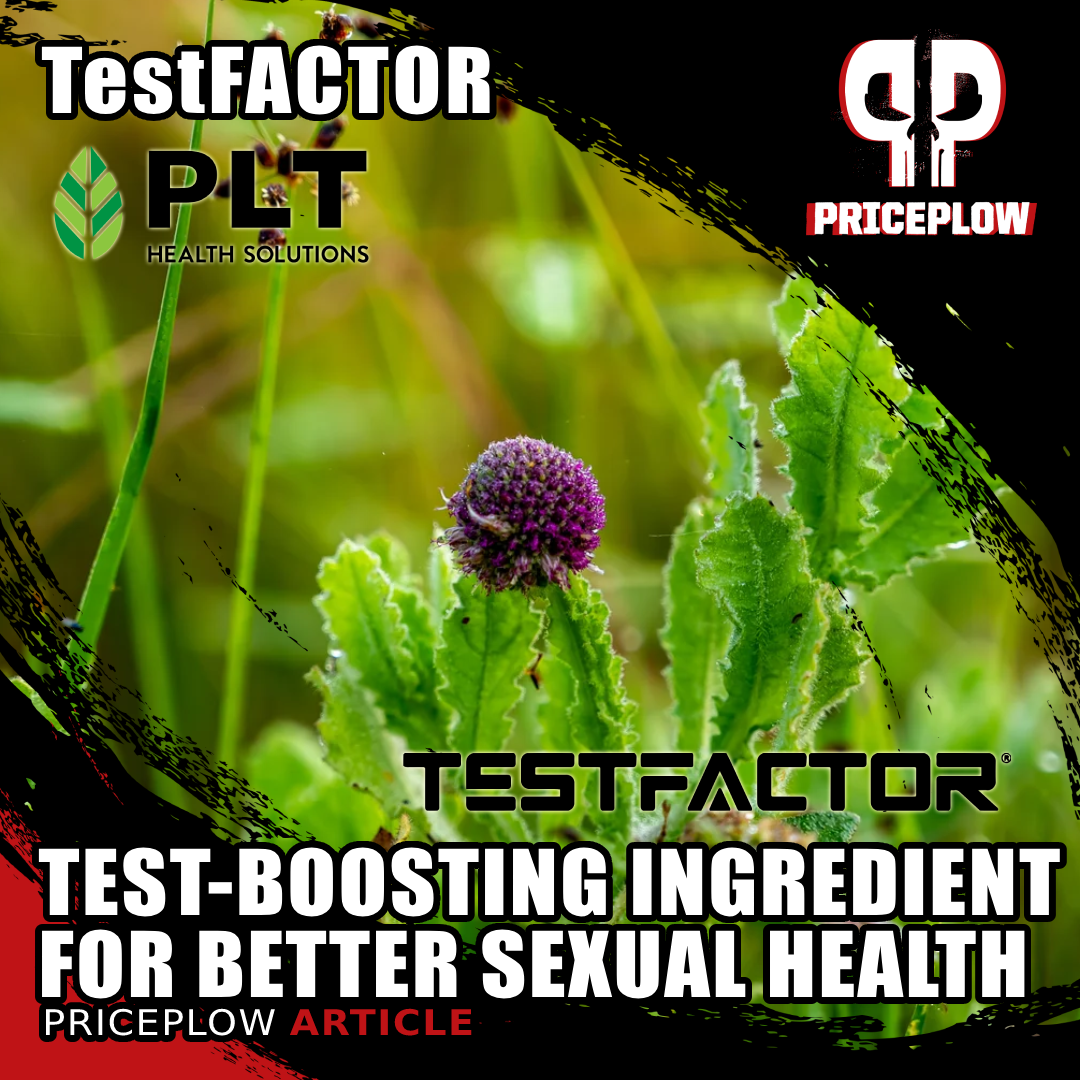
PLT Health Solutions introduces TestFACTOR, a testosterone-boosting ingredient featuring Mangifera indica and Sphaeranthus indicus. Backed by clinical studies, it enhances testosterone, vitality, and sexual health in middle-aged men, with benefits like improved energy, strength, and quality of life.
- What is TestFACTOR? A clinically-backed blend of Mangifera indica and Sphaeranthus indicus extracts with a 325 mg daily performance dose and a 650 mg daily ultra performance dose for enhanced benefits.
- Latest Findings: Building on a strong foundation of three previous randomized controlled trials, a newly completed fourth clinical study focused on enhancing testosterone and vitality in healthy middle-aged men. This unpublished study revealed significant increases in testosterone levels, sexual function, energy, strength, and quality of life — key factors that catalyzed the launch of TestFACTOR.
- Prior Outcomes: Previous trials revealed increased strength, endurance, and body composition improvements in both women and men, with secondary findings showing significantly increased free and total testosterone in men, alongside reduced cortisol. These findings are detailed below.
- Mechanisms of Action: TestFACTOR's effects are mediated by multiple demonstrated mechanisms of action, including enhanced mitochondrial function, upregulation of mTOR, NO activation, increased muscle protein synthesis, and potent antioxidant activity, detailed at the end of this article.
Stay updated with PricePlow's PLT Health news alerts as more research is published, and join us as we dive into the science behind TestFACTOR's mechanisms and outcomes.
Subscribe to PricePlow's Newsletter and Alerts on These Topics
Testosterone is something that seemingly every guy wants more of – and why not? Higher testosterone levels typically come with increased energy, motivation, and focus, as well as improved mood.
Unfortunately, testosterone levels decline with age — in some cases, very sharply. On average, production drops by about 1% per year beginning at age 30,[1,2] meaning that by middle age, it's low enough to cause noticeable problems like fatigue, reduced libido, muscle mass loss, increased body fat, mood disturbances, and cognitive decline.[2]
It's not an easy problem to solve because the drop in "T" is a complex, multifactorial process involving diminished hypothalamic-pituitary-gonadal axis function, increased sex hormone-binding globulin (SHBG), and a dizzying array of lifestyle factors, including increased body fat, poor diet, sedentary behavior, chronic stress, and sleep disturbances.
Given the many lifestyle choices that can exacerbate the natural decline in testosterone, it's understandable that many men feel overwhelmed by the prospect of overhauling their lifestyle to be more T-friendly. Even for veteran biohackers, it's an unending process of refinement that unfolds over many years.
To make matters even more complicated, total testosterone production isn't the whole story — we need lots of free testosterone, meaning testosterone that's not bound to SHBG, a carrier protein that transports testosterone throughout the body but can interfere with its biological action if serum SHBG rises too high.
If we older guys want to succeed at naturally optimizing testosterone production, we need to use every tool in our arsenal. Fortunately, PLT Health Solutions has just provided us with one of the best we've seen in a while:
TestFACTOR From PLT Health Solutions – A Clinically Tested Strength Accelerator That Boosts Free and Total Testosterone in Men
Today, we'll discuss some incredibly impressive research, and it comes as no surprise to those familiar with the supplement industry. After all, PLT Health Solutions is a leader in research-backed ingredients. The quality of the studies behind their products is generally a cut above the rest, as recently discussed on the PricePlow Podcast in Episode #146 with Steve Fink and Dr. Jeremy Appleton.
TestFACTOR is a combination of botanical extracts from mango (Mangifera indica) bark and East Indian Globe Thistle (Sphaeranthus indicus) flower heads. Although both plants have a long history of use in Ayurvedic medicine,[3,4] a unique synergy between the plant extracts was discovered, and PLT is helping to study an entirely new set of benefits for these traditional plants.
-
TestFACTOR Component #1: Mangifera indica
Mangifera indica has been traditionally used not only in Ayurvedic medicine but also in several other indigenous medicine systems to treat various ailments, including diarrhea, dysentery, and rheumatism. It's rich in potent bioactive constituents like mangiferin, a powerful antioxidant with demonstrated antidiabetic, immunomodulatory, anti-genotoxic, and anti-inflammatory properties.[5]
Besides mangiferin, Mangifera bark also contains significant compounds such as catechins, quercetin, and gallic acid.[6] Recent research has investigated these compounds for their potential in managing diabetes, immune function, and oxidative stress.[7,8]
-
TestFACTOR Component #2: Sphaeranthus indicus
Sphaeranthus indicus, another Ayurvedic superstar, has been used for hundreds of years to treat skin diseases, fever, epilepsy, and gastrointestinal ailments.[4,9] It contains bioactive constituents like sphaeranthanolide,[4,9] 7-Hydroxy frullanolide (7HF),[10] a sesquiterpene lactone to which the sphaeranthus in TestFACTOR is standardized, as well as flavonoids and essential oils. These constituents are known for their anti-inflammatory, antimicrobial, antioxidant, and liver-protective properties.[4,9,11]
Combined, these two ingredients demonstrated novel synergy across numerous metabolic pathways, such as increasing mitochondrial biogenesis, upregulating the Mechanistic Target of Rapamycin (mTOR), inducing muscle cell proliferation, inhibiting catabolic breakdown of muscle, and increasing testosterone production. Across four clinical trials in men, this novel, patented ingredient combination also increased both free and total testosterone, as well as enhancing muscle strength and endurance:
-
2023 Study – Increased Muscle Strength and Endurance
A randomized, double-blind, placebo controlled clinical trial published in 2023 examined the strength and endurance enhancing effects of TestFACTOR in 40 weight trained young men. Participants took either 650 mg TestFACTOR or a placebo for eight weeks while training four times per week using a typical "bro split" under professional supervision.[12]
It's important to note that these were trained subjects; each participant was required to have been lifting 3-4 hours per week, four times per week, for six months.[12] This criterion is significant because it's generally much harder for sports nutrition supplements to show effects in trained subjects than in untrained ones, lending extra credibility to the study's findings.
Additionally, these subjects were healthy. The mean age of the study population was about 23, and the average BMI was 24,[12] indicating they were fit young men at their biological peak. Their proximity to physical genetic potential adds weight to any observed effects from TestFACTOR.
They were also screened for potentially confounding medical conditions, such as abnormal liver panels or other serious infections, and instructed to avoid all ergogenic aids while adhering to their normal diets.[12]
The study participants visited the lab on 5 separate occasions:
- Screening visit
- Randomization/baseline visit
- Day 14
- Day 28
- Day 56
Strength tests were performed on visits 2 through 5, while blood draws were taken on visits 1, 2, and 5.[12]
In case you aren't familiar with it, the "bro split" used in this study has participants divide their training into a chest/shoulder day, a back day, a leg day, and an arm day. The lifting sessions were calibrated to each subject's individual 1RMs and followed a three-step procedure:
- Warm up with 2 sets of 8-10 reps at 50% 1RM
- Main session of 2-3 sets of 10 at 70% 1RM, with 2 minutes of rest between sets
- Weight was incrementally added to the bar until it reached 90% 1RM
On visit days, participants performed only the physical assessment exercises, which included bench press, leg press, cable pulldowns, handgrip strength, and a treadmill test. The study also tracked testosterone, cortisol, DHT, and creatine kinase, a metric for muscle damage.[12]
The TestFACTOR group (LI12542F6) dramatically outperformed the placebo group on all strength-related assessments.[12]
As shown in the inset chart, randomization in this study was effective, as bench 1RM, leg press 1RM, and handgrip strength were roughly the same between the groups at baseline.
But as the study progressed, the TestFACTOR group (LI12542F6) absolutely creamed the placebo group.[12] While both groups gained strength on all three tests, the TestFACTOR group gained 500% more strength than the placebo group on the bench press and leg press tests.[12] The placebo group's gains were quite solid (as expected), but the TestFACTOR gains were extraordinary.
But even more impressive than the lift improvements was the grip strength improvement. Anyone who's trained hard can tell you that grip strength is notoriously tough to improve—you really have to fight for even single-digit percentage gains. Yet incredibly, the TestFACTOR group gained 30% more handgrip strength than the placebo group during the 56-day study period.[12]
TestFACTOR's ability to increase grip strength is undoubtedly a function of its significantly androgenic effect.[12]
By just the second week of the study, the TestFACTOR group had substantially increased their 1-rep max strength gains in bench press, leg press, and handgrip compared to the placebo group.[12]
From there, the TestFACTOR group's advantages continued to grow, resulting in the conclusion that by the end of the study period, the TestFACTOR group had gained 240% as much strength as the placebo group.[12]
The TestFACTOR group experienced significant improvements in androgen status, undoubtedly the primary factor in their strength gains.[12]
Exercise scientists have known for a while that testosterone status influences grip strength more than training does,[13] so if we see a boost in grip strength, we should also expect an improvement in overall androgen status. And that's exactly what the TestFACTOR study found – when the researchers examined the subjects' androgen status, they found that TestFACTOR increased free testosterone by 17%, while decreasing cortisol levels by 22%.[12] Dihydrotestosterone (DHT) also increased by 28% over baseline, but it didn't achieve statistical significance against placebo.[12]
The best part of this study, in our opinion, is that every single observed effect achieved statistical significance compared to placebo. Usually, when we cover a study like this, some effects do and some don't – but as you can see from the tables screenshotted below, every single observed inter-group difference achieved statistical significance (marked by a # superscript).[12]
When it came to endurance, the study measured it by two different methods:
- Number of cable pull-down repetitions to failure at 80% 1RM
- Time to exhaustion on a treadmill test with a 2% increase in incline every 2 minutes
On both metrics, the TestFACTOR group outperformed the placebo group, gaining 96% more endurance on the cable pull-downs and 107% more endurance on the treadmill.[12]
TestFACTOR increased bilateral bicep circumference and lean body mass more than placebo, while the TestFACTOR group also dropped more fat than the placebo group.[12]
Since TestFACTOR improved strength, endurance, and androgen status, it's no surprise there were beneficial effects on body composition too. The TestFACTOR group experienced an approximately 3-4 times greater increase in bicep circumference, a strong indicator of muscle growth.[12]
Another amazing result was overall lean body mass – the TestFACTOR group gained an impressive 1.44 kg, while the placebo group gained barely any lean mass. Moreover, the TestFACTOR group shed roughly five times as much fat as the placebo group.[12]
No surprise here, since we already saw how TestFACTOR increased free testosterone, which significantly impacts muscle protein synthesis through its binding to the androgen receptor.[12]
-
2024 Followup Study
Then, in May 2024, a second study was published with a much larger sample size and found even more impressive results.
The study involved 99 men with an average age of 22 — a fairly large sample, especially by supplement science standards.[14] The large size was to accommodate four separate arms in the study.
It was a randomized, double-blind, placebo-controlled study that assigned participants to one of four conditions:
- Active 1 (A1) - 425 mg TestFACTOR WD (a water-dispersible form providing 325 mg of active, half the dose used in the previous study)
- Active 2 (A2) - 850 mg TestFACTOR WD (a water-dispersible form providing 650 mg of active, the same dose used in the previous study)
- Placebo 1 (P1) - placebo
- Placebo 2 (P2) - placebo but twice the sets
All four groups underwent an identical resistance training (RET) program, the only difference being that P2 completed twice the number of sets per session as the other groups. All participants took their supplements every morning during the study period.
At defined intervals throughout the 8-week study, the research team measured participants' strength on various lifts, as well as certain biomarkers—including the all-important androgen testosterone.[14]
Compared to the placebo groups, the TestFACTOR groups experienced significantly greater improvements in 1-RM bench press, 1-RM leg extension, and total muscle strength, with no significant differences in body weight.[14]
In addition to maximum strength, the study measured subjects' maximum reps on the same lifts. Once again, TestFACTOR was vastly superior to placebo – the TestFACTOR groups were able to perform about 10-15% more reps than the placebo group![14]
Interestingly, the effect seems to have not been strictly dose-dependent. Although the higher dose group achieved the highest gains, substantial and statistically significant gains in the lower dose group were observed as well, suggesting that you can achieve the strength- and endurance-boosting effects with a dose that easily fits into one capsule, or double up for maximum benefit.
Note that the placebo groups also improved, as expected in subjects who were training – but TestFACTOR still beat them by a long shot.
Improvements to androgen status
TestFACTOR increased both free and total testosterone in direct proportion to its strength gains.[14]
As shown in the insert chart, TestFACTOR significantly increased free and total testosterone. Free T rose by 38% in the A2 group, while total T increased by 18%.[14]
Even the low-dose TestFACTOR group (A1) experienced a 30% boost in free T, which is still a massive effect size!
Cortisol drop – just as important
And once again, TestFACTOR administration was associated with a significant drop in cortisol, which is arguably just as big of a deal as the T boosting effect, because cortisol and testosterone have an antagonistic relationship due to their opposing roles in the body. Whereas testosterone is, as we all know, an anabolic hormone that supports muscle growth, protein synthesis, and tissue repair, cortisol is a catabolic hormone that provides energy by breaking down protein and muscle tissue.[15] No surprise, then, that elevated cortisol levels can inhibit testosterone production by suppressing the hypothalamic-pituitary-gonadal (HPG) axis and reducing luteinizing hormone (LH) secretion,[16] which are both essential for testosterone synthesis.
What makes this super impressive, and important, is that TestFACTOR decreased cortisol levels during a heavy resistance training cycle, which is when cortisol rises the most (as it did in both placebo groups), and also a period when we can benefit even more than usual from keeping it under control. After all, the point of resistance training is to build strength and muscle, and cortisol directly interferes with the accomplishment of both goals.
What Do These Studies Mean For Older Men? What do they mean for women?
Given that the first study was conducted in men aged 18 to 40, and the second in men 19 to 29, men who have aged out of these brackets may wonder how these results apply to them. And women might wonder the same.
The answer is that, in general, it is much harder to naturally increase testosterone production in younger men compared to older men, since young men are typically closer to their genetic potential. Therefore, any supplement that effectively boosts testosterone in this population is almost certainly going to work even better in an older population. Women, on the other hand, want to experience the strength benefits without increasing their testosterone.
-
2024 Poster Presentation Study: TestFACTOR Supplement Enhances Strength and Mobility in Older Adults, and Testosterone in Older Men
An abstract and poster presentation of a study were recently published in 2024 showing that TestFactor is efficacious in an older population.[17,18]
The randomized, double-blind, placebo-controlled study was conducted over 12 weeks with 92 adults aged 55-70 (46 men and 46 women) divided into two groups: one performing calisthenic exercises alone (three times per week) and the other performing the same exercises with daily TestFACTOR supplementation (650 mg/day).
Strength, endurance, mobility, body composition, and testosterone levels were tracked throughout the study at baseline, week 4, week 8, and week 12. Strength was assessed through leg extensions and handgrip tests, endurance measured by leg extension repetitions to failure, and functional mobility evaluated using a six-minute walk and sit-to-stand tests.
Key Findings / Highlights
Although both groups showed significant improvements in strength, endurance, and mobility by week 12, the TestFACTOR group demonstrated significantly greater gains in leg strength, grip strength, walking distance, and sit-to-stand performance compared to the placebo group.[17,18]
The quick breakdown is nothing short of staggering:
- 4.2x greater improvement in leg strength versus exercise alone
- 4.5x greater improvement in grip strength versus exercise alone
- 52% greater resistance to muscular fatigue versus exercise alone
- 86% greater improvement in functional mobility versus exercise alone
- 86% improvement in walking speed versus exercise alone
- 2.1x more perceived energy and vitality
Let's take a closer look at the data:
-
Strength Improvements
- Leg Extension (LE-1RM): Significant gains in leg extension strength were observed in both groups, but TestFACTOR participants demonstrated greater improvements at every time point (weeks 4, 8, and 12). These effects had a strong interaction between group and time (p<0.001), showing that the supplement significantly accelerated gains over time compared to exercise alone.[17,18]
- Grip Strength: Unlike the exercise-only group, TestFACTOR supported enhanced grip strength in participants consistently across all measured intervals (weeks 4, 8, and 12). A main effect of time, treatment, and a group-time interaction (p<0.001) further emphasized TestFACTOR's role in improving grip strength, a benefit not achieved by calisthenics alone.[17,18]
-
Endurance Gains
- Leg Extension Repetitions to Failure (LE-RTF): Both groups showed endurance improvements, but the TestFACTOR group exceeded the placebo group from week 4 onward (p=0.007 for group effect). This suggests TestFACTOR's additional support in muscular endurance early on, indicating a cumulative benefit throughout the study.[17,18]
-
Functional Mobility
- 6-Minute Walk Test (6MWT): Walking distance improved in both groups, but TestFACTOR supplementation led to significantly greater gains in walking distance by week 12 (p=0.008 for group x time interaction). This effect implies enhanced stamina and cardiovascular benefit in the supplemented group.[17,18]
- Sit-to-Stand Test (STS): Improvements were seen across both groups, but those using TestFACTOR had more significant increases in repetitions by week 12, though the interaction effect approached significance (p=0.064). This endpoint supports TestFACTOR's impact on functional strength and mobility when combined with a basic exercise routine.[17,18]
-
Body Composition
- Lean Body Mass (LBM): TestFACTOR participants experienced significant increases in lean body mass from baseline, unlike the exercise-only group. The supplement group showed notable differences (p<0.05) in lean mass, especially significant in both male and female participants by week 12.[17,18]
- Total Body Fat (TBF): TBF declined only in the TestFACTOR group, where reductions were statistically significant compared to the placebo (p<0.05). This may indicate TestFACTOR's role in enhancing metabolic function alongside muscle adaptations.[17,18]
-
Hormonal Impact
- Testosterone Levels: In male participants, TestFACTOR significantly increased testosterone levels over baseline, whereas exercise alone showed a smaller increase (p<0.01 for group effect in men). Women did not exhibit changes in testosterone in either group.[17,18]
TestFACTOR Poster Presentation Study Conclusions
Overall, this study emphasizes TestFACTOR's potential for enhancing multiple aspects of physical health in older adults when combined with minimal exercise. Key benefits were observed in muscle strength, endurance, functional mobility, and body composition, particularly lean body mass retention and testosterone levels in men.
The enhanced and accelerated gains in the TestFACTOR group underline the supplement's efficacy, especially in endpoints like leg strength, grip strength, and walking distance, showcasing it as a supportive addition for older adults aiming to improve physical resilience and metabolic health.
-
TestFACTOR Sexual Health Study Published (2025): Comprehensive Benefits for Men’s Health
Updated in 2025, a highly anticipated sexual health study has now been published, confirming the phenomenal results we previewed earlier.[19] This 8-week randomized, double-blind, placebo-controlled trial involving 60 healthy men aged 40-65 demonstrated that TestFACTOR delivers comprehensive benefits beyond just testosterone support.
The study confirmed TestFACTOR's ability to significantly improve sexual function, testosterone levels, energy, grip strength, and overall quality of life at just 325mg daily. Results showed rapid onset of benefits, with testosterone improvements appearing as early as 2 weeks and sexual function benefits sustained throughout the 8-week study period.
What makes these results impressive is that the study recruited men with already-healthy testosterone levels (>300 ng/dL), demonstrating TestFACTOR's ability to optimize hormone levels and performance even in men who aren't clinically deficient.[19] The well-rounded nature of the benefits (spanning hormonal, physical, sexual, and psychological domains) positions TestFACTOR as a well-rounded solution for the interconnected challenges of male aging.
For our complete analysis of this groundbreaking study, including detailed results across all measured domains and implications for men's health, see our dedicated article: TestFACTOR Sexual Health Study: Benefits for Sexual Function, Testosterone, and Quality of Life in Men.
TestFACTOR Mechanisms of Action
So how exactly does TestFACTOR work? Here are the mechanisms proposed by the authors of the 2024 study:[14]
- Mitochondrial support: Mangiferin supports mitochondrial function.
- Enhanced muscle oxidative capacity: Mangiferin improves the oxidative capacity of muscles.
- Overall skeletal muscle competence: Mangiferin benefits overall skeletal muscle competence.
- Promotion of NO activation in vascular endothelial cells: Mangiferin may promote nitric oxide (NO) activation in vascular endothelial cells.
- Stimulation of muscle protein synthesis and growth: NO precursors may stimulate muscle protein synthesis and growth, especially when combined with exercise.
- Antioxidant properties: The extracts in TestFACTOR have antioxidant properties that help scavenge oxidants generated in actively contracting muscle.
- Scavenging of oxidants to prevent damage: Antioxidants may help scavenge reactive oxygen species (ROS) generated in muscle, preventing damage to mitochondrial DNA, mitoptosis, mitophagy, tissue dysfunction, and skeletal muscle proteolysis.
Striking The Right Antioxidant Balance
As the authors of the study discuss, excessive antioxidant activity can hinder exercise adaptations, as some oxidative stress is crucial for signaling pathways involved in muscle growth and repair.[14] So, how does TestFACTOR enhance exercise adaptation? It may target pathways with self-regulating feedback mechanisms, although more research is needed to confirm this theory.
Conclusion: PLT Health Solutions Has Done It Again
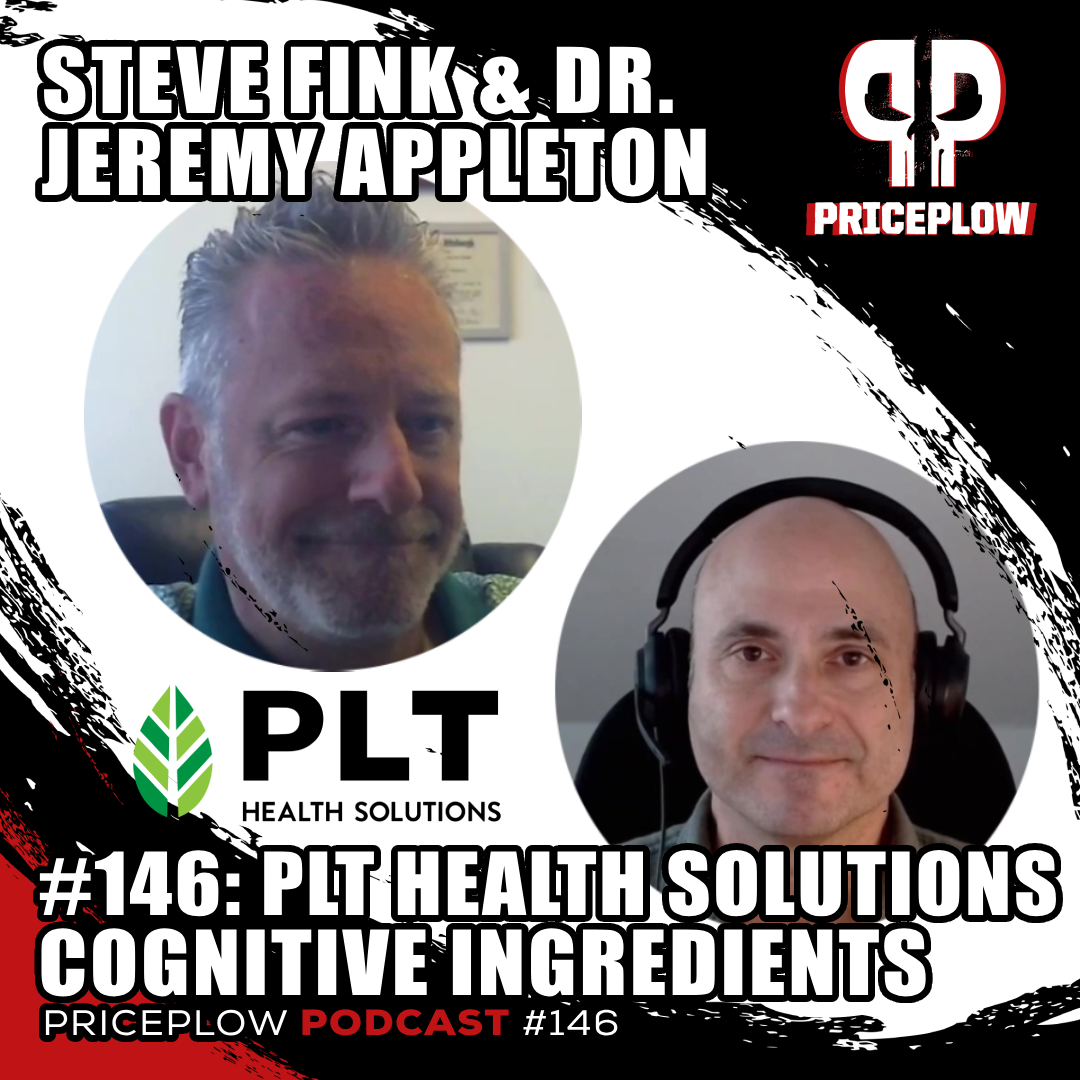
Dive into PLT Health's cognitive platform with Steve Fink and Dr. Jeremy Appleton, exploring Zynamite, Zembrin, and Vanizem's impact on brain health in Episode #146 of the PricePlow Podcast
As discussed in PricePlow Podcast Episode #146 with Steve Fink and Dr. Jeremy Appleton, PLT Health Solutions has established itself as the de-facto standard in botanicals -- when they bring a new botanical extract ingredient to market, it's been extremely well-vetted. TestFACTOR is no different, and we're excited to see them finding new uses for incredible constituents like mangiferin.
With four clinical trials performed (three of which are published at the time of publication), TestFACTOR is extraordinarily exciting -- this is more research than we normally see in the average dietary supplement ingredient launch.
Stay tuned to PricePlow by subscribing to our PLT Health and TestFACTOR news alerts -- we'll have this article updated when new research is published or new products with the ingredient are covered:


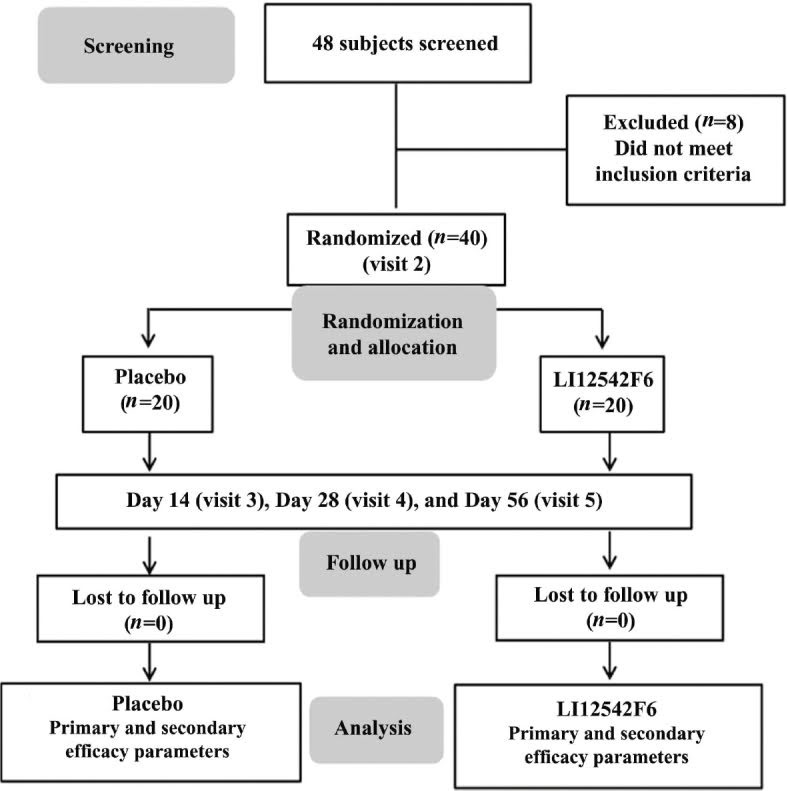
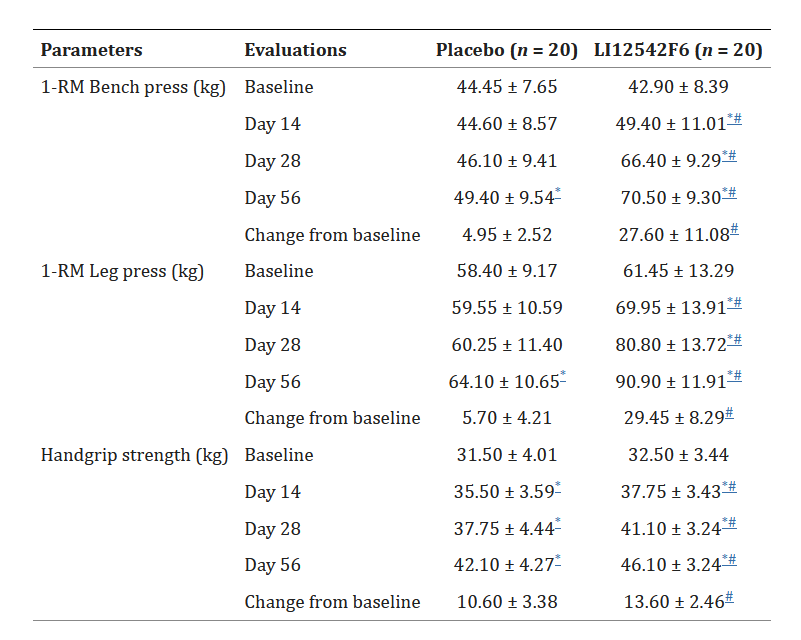
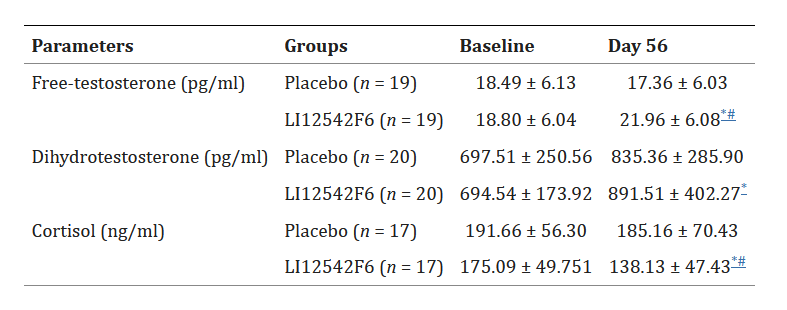
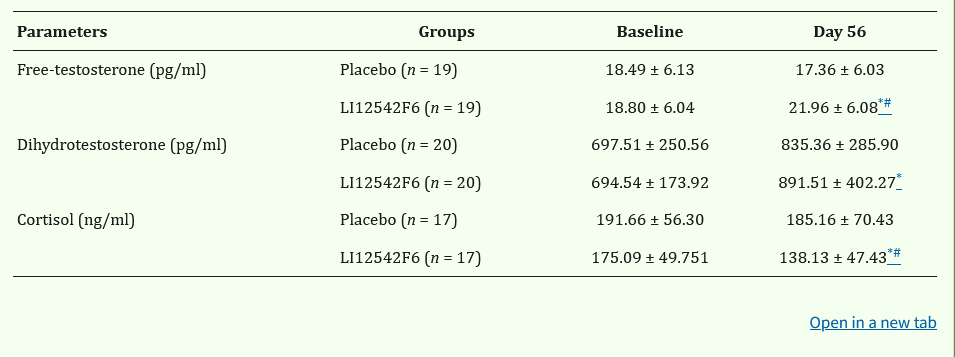
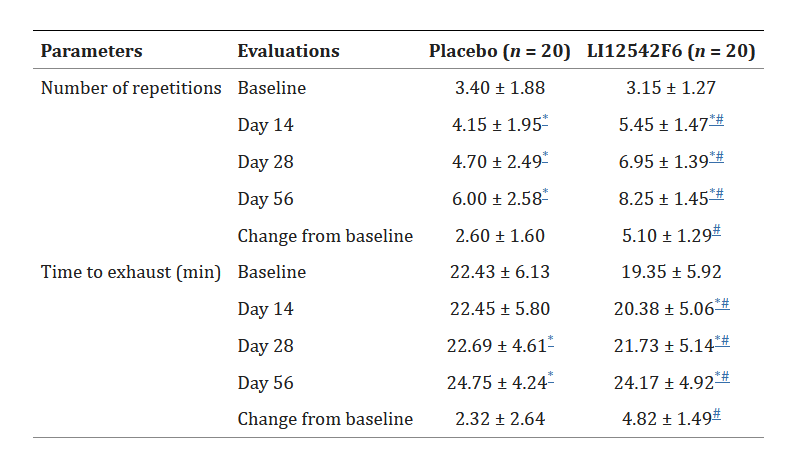
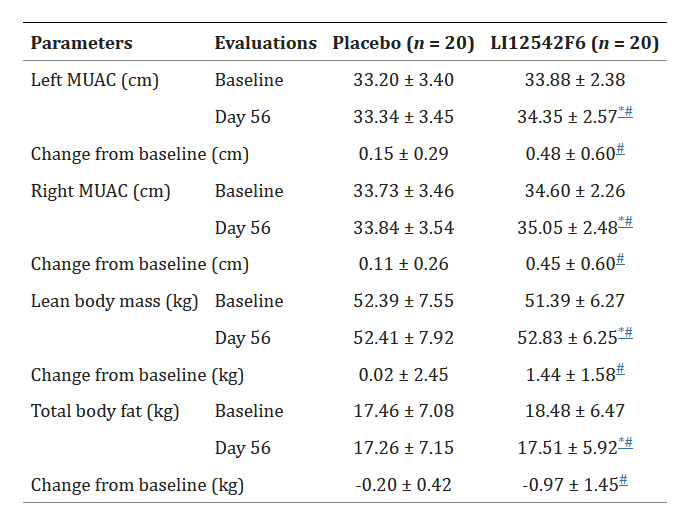
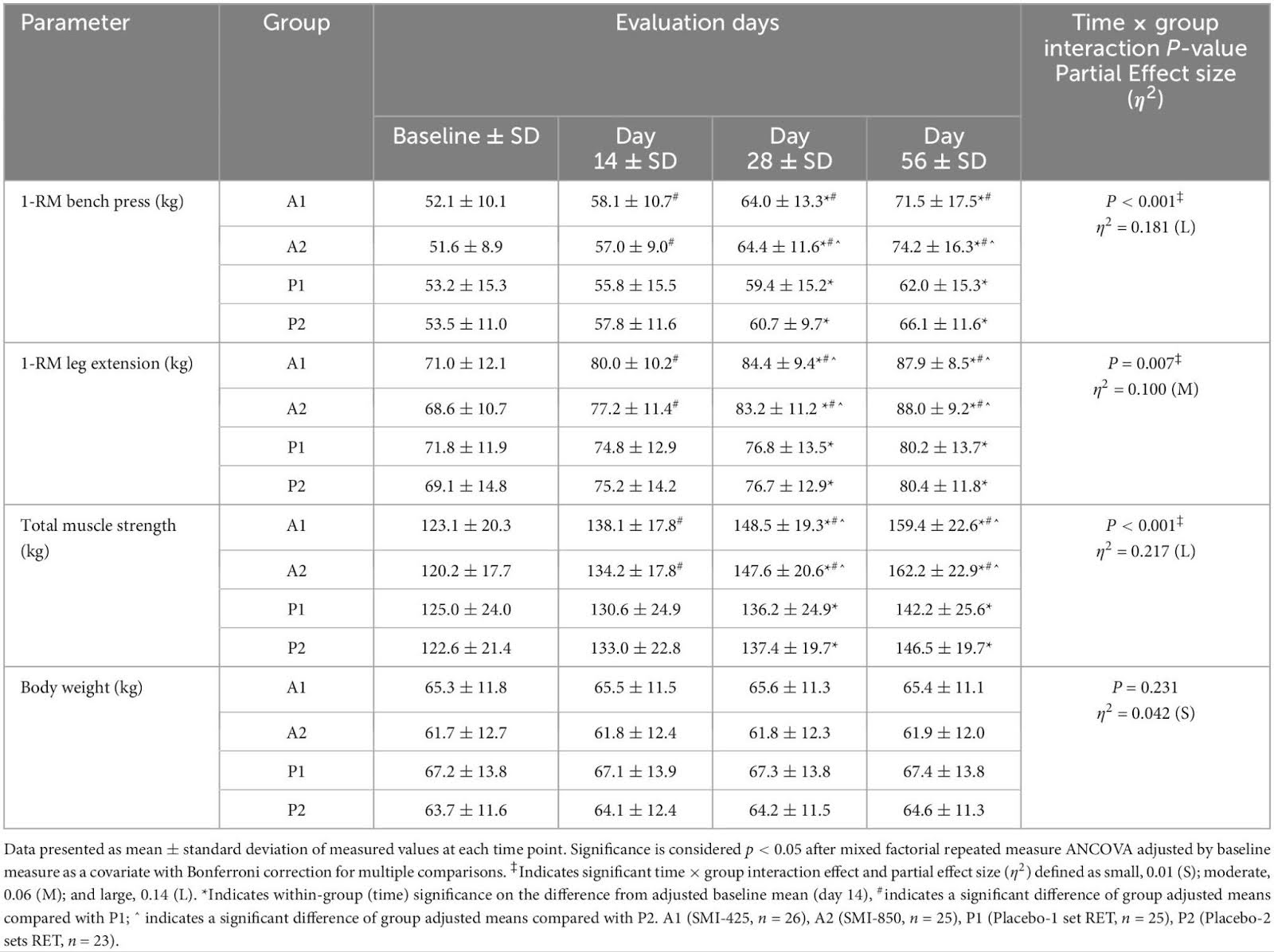
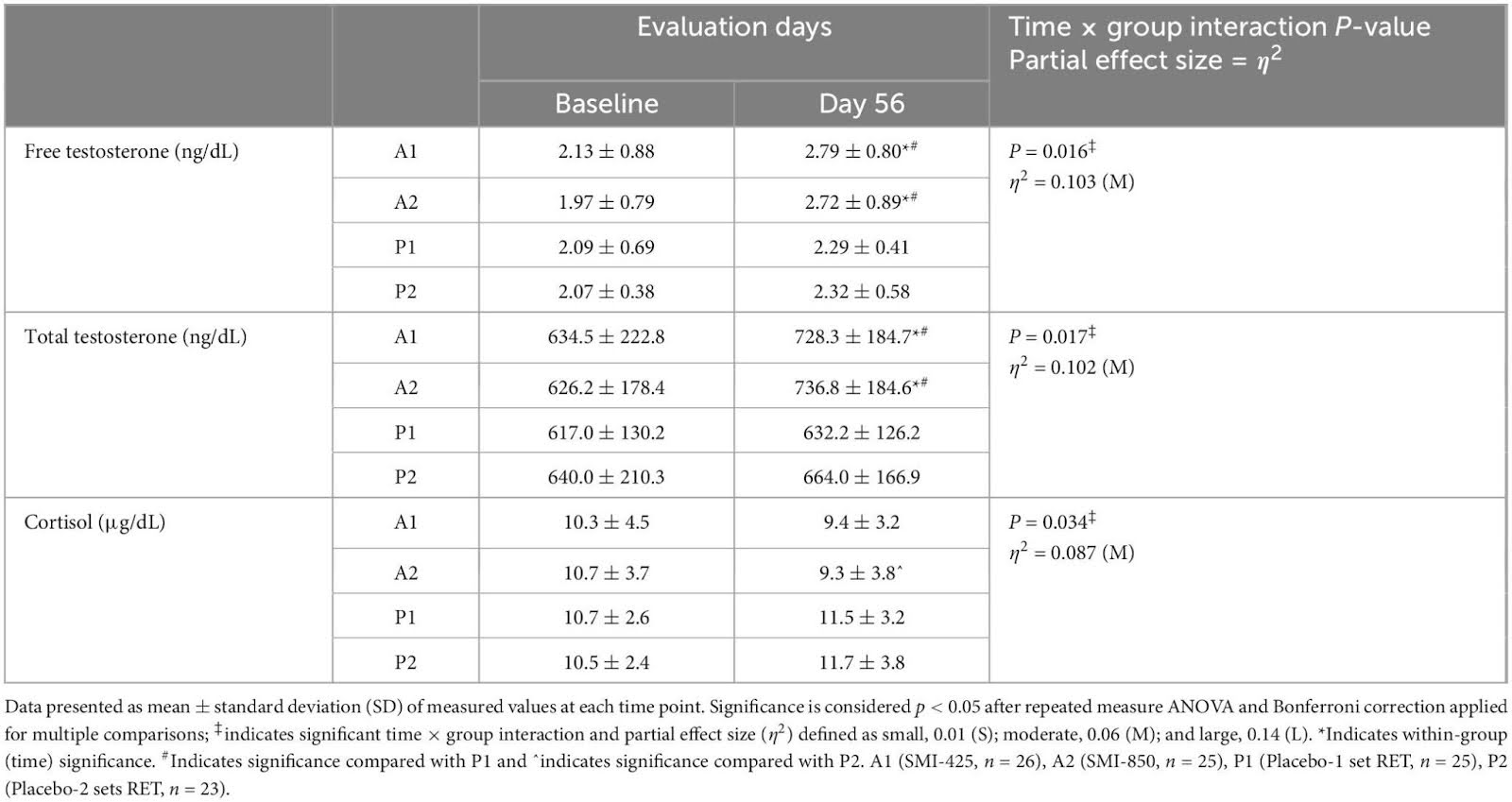
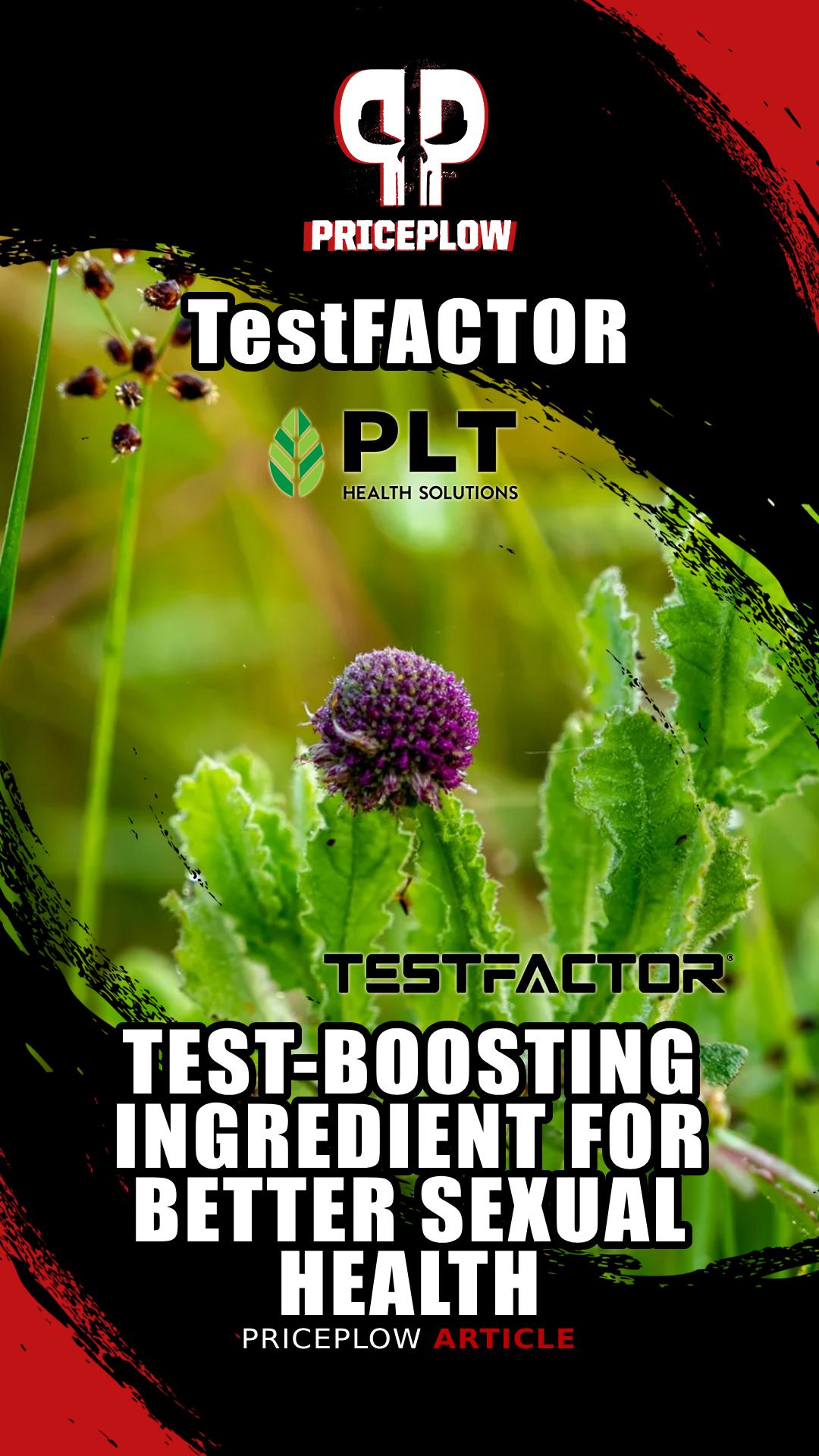
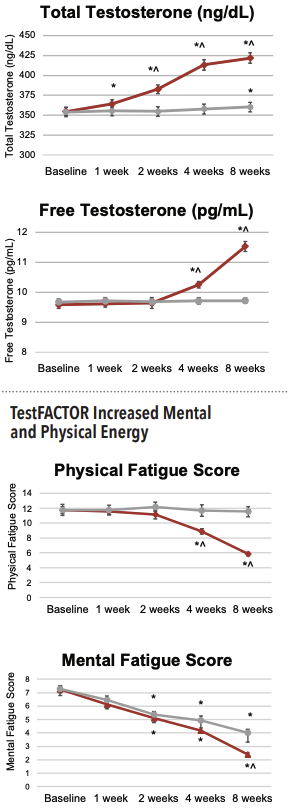
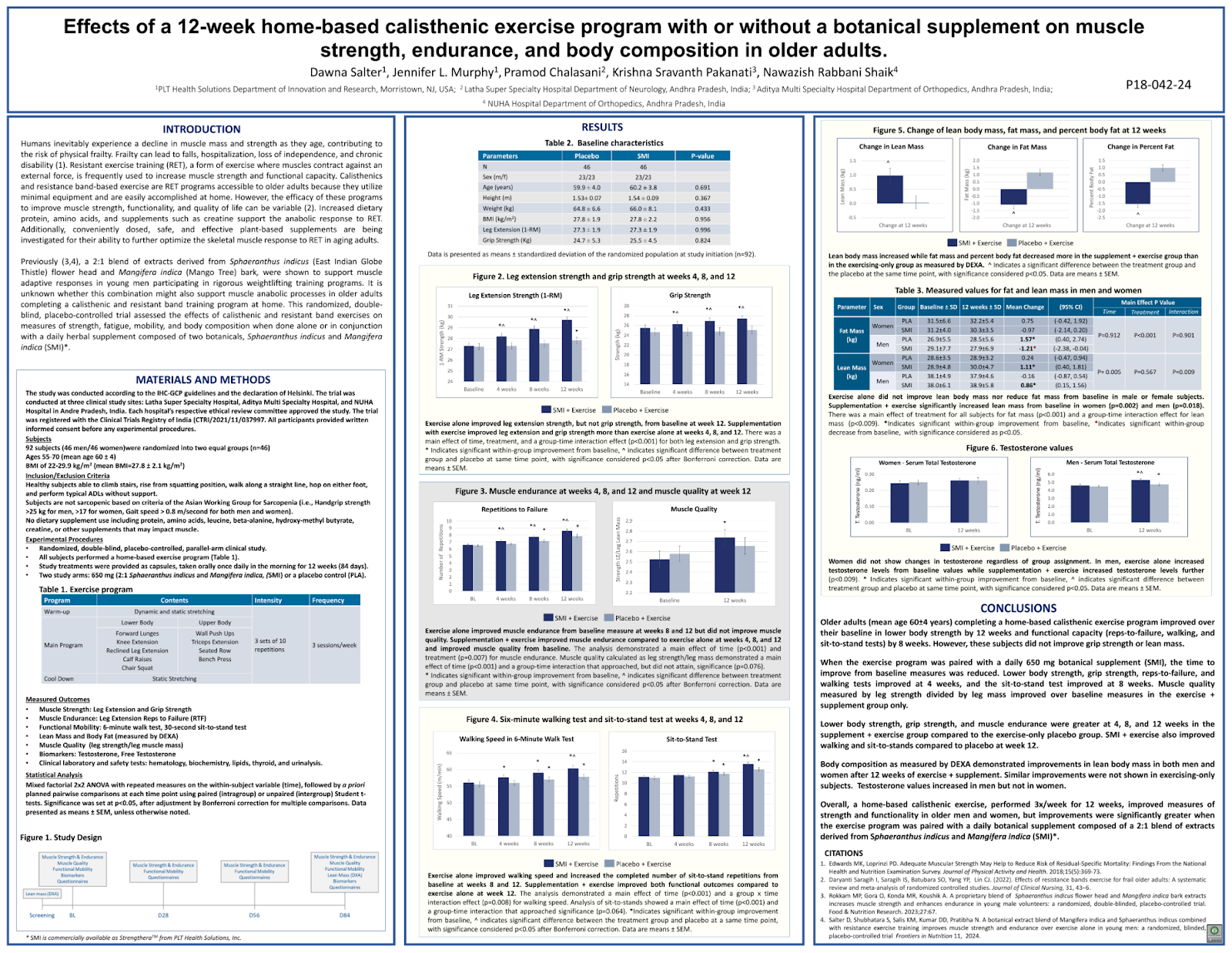
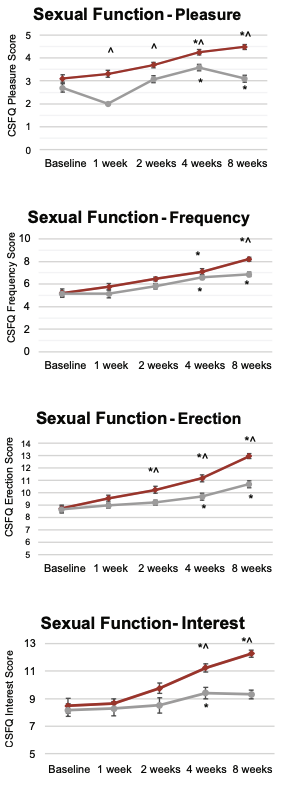



Comments and Discussion (Powered by the PricePlow Forum)